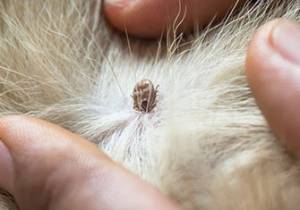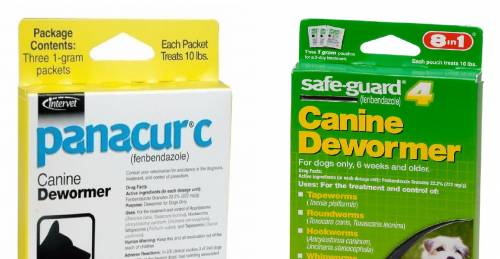Rocky Mountain spotted fever is one of the most commonly understood tick-borne illness to impact dogs and human beings. It comes from a class of illness referred to as Rickettsia; rod-shaped microorganisms that resemble bacteria, however which behave like viruses, reproducing only within living cells. Rickettsia rickettsii — the organism accountable for Rocky Mountain identified fever — lives parasitically in ticks and is transmitted by bite to vertebrate hosts.
Symptoms of Rocky Mountain Spotted Fever in Dogs
Particular types are more likely to develop a severe response to the R. rickettsii organism than others; these consist of purebred dogs and German shepherds. The symptoms and signs of Rocky Mountain spotted fever differ according to the kind of disease the dog has. Most dogs will develop a fever within 5 days of contracting Rickettsia rickettsii. Other symptoms consist of:
- Depression
- Lethargy
- Anorexia
- Blood in the urine
- Irregular heart beat (arrhythmia)
- Blemished spots along the skin, typically bruised or purple in color
- Inability to walk typically, loss of coordination (ataxia)
- Swelling or edema (fluid retention) in the limbs
- Bleeding that occurs unexpectedly, frequently from the nose, or in the stools
- Difficulty with blood clotting, which can result in shock or death
- Swollen lymph nodes
- Pain in the eyes
- Inflammation, hemorrhage, or conjunctivitis in the mucosal membranes, a lot of commonly in the eyes
What Causes Rocky Mountain Spotted Fever in Dogs
Tick-borne rickettsial disease is brought on by the R. rickettsii microbe. The organism is carried by ticks and transferred through bite to a host animal. Many infections take place in the months from March through October.
Diagnosis
You will have to offer an extensive history of your pet’s health, consisting of a background history of symptoms, recent activities, and possible occurrences that may have precipitated this condition. The history you provide may provide your vet ideas regarding which organs are being affected (e.g., heart, kidney).
Your vet will make the medical diagnosis based on blood tests and skin biopsies from the affected areas, in addition to the symptoms that are presented. A heightened antibody count will reveal that an infection exists. Special stains can be used in a laboratory setting to validate a medical diagnosis.
How Is Rocky Mountain Spotted Fever Treated
Rocky Mountain identified fever is a serious condition that may lead to casualty if your dog is not cared for correctly. Treatment usually includes confessing your dog to an in-patient health center where a healthcare team can monitor your dog till it shows signs of enhancement. Your family pet will be offered antibiotics, the type will be based upon your pet’s age, and correct hydration and fluid balancing will be inspected.
If your dog is found to have low red-blood cell counts, a condition known as anemia, or if there is a threat of developing a condition referred to as thrombocytopenia, where the platelets or substances in the blood become too low, a blood transfusion may be necessary to prevent these conditions from ending up being harmful.
Your vet will likewise keep an eye on the amount of fluid in the dog’s brain to prevent edema, or extreme swelling of tissues in the brain, body, and lungs.
Together with the prescribed antibiotics, your dog may likewise require corticosteroid anti-inflammatory medications.
Rocky Mountain Spotted Fever in Dogs: Prognosis
If you understand your dog will remain in an area that is tick plagued, you will want to evaluate your family pet for ticks and take precautions to prevent your pet from too much exposure to ticks. Tick repellents and tick collars can be used, but inspecting your dog’s skin and hair for the presence of ticks is the most accurate method of avoiding infection. Infection generally takes place after 5 hours.
You will have to use latex gloves and remove any ticks you discover on your family pet by hand, taking additional care to eliminate the mouth part of the tick. Your veterinarian might advise the use of dips and sprays to assist prevent even more tick invasion. The kind of repellent you use will be based on your dog’s age and health status.
The prognosis for pets is typically excellent, supplied you seek prompt and early care and treatment. If you look for aid within the first few hours of infection, your animal will likely make it through with no long-term repercussions.
If you do not take timely action, however, it is likely that your family pet might suffer long-lasting consequences and even death. This could occur within days or even hours. Without correct treatment, the results on the main nerve system can be devastating.
Also read: Ticks: Life Cycle and Disease Transmission





